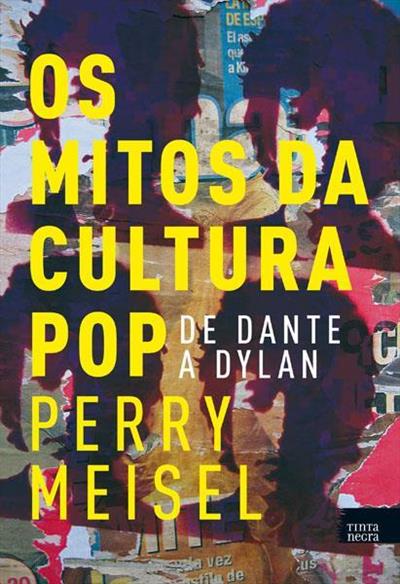They shot the sheriff, and now Nottingham's got some brand new Hoods. Rob(b)in(g) from the rich traditions of both funk and the power trio, Medium Medium shows up during an otherwise anxious few months in which p--k f--k looked to be dying the moment it was getting born. One proponent of an English new wave sporting recent hits like schizofunk Pigbag's "Papa's Got a Brand New Pigbag" (ragged, gutty horns cutting belches over the Godfather's groove), Medium Medium is also part of a more widespread bicontinental p--k f--k crossover. True to its name, it occupies a middle position between the far right of neo-funk proper (e.g., discoid American groups like Slave and Brownbagged, Manhattan bands like the Funktionaries), and the art-left of, say, Liquid Liquid and (especially) A Certain Ratio, Britkins who are Medium Medium's most exact superficial counterpart.
Whether or not Medium Medium's visionary potential equals its visionary inclination, its appearance at the Ritz last Tuesday, like its new LP on Cacholot, The Glitterhouse, evidenced a band that is cinemascopic rather than kaleidoscopic - it's new new wave because it stretches away from sources rather than contracts toward them. It is synthetic, even radically conservative, despite the luxuriant (and of course deliberate) anarchy and arrogance of frontman John Lewis. And while the band's big-sky dimension in a good-sized room like the Ritz gives way on disc to a more concentrated, vertical sound, the results are almost equally unhinging.
The name first. Clever like Liquid Liquid: Medium Medium uses the same word as both adjective and noun, and thereby contaminates the difference between quiddity and characteristic, essence and attribute. And like a A Certain Ratio it also points to our confusion about whether we calculate things or signs (a certain ratio, after all, is both a definite and an unspecifiable one). Plus reverberations along other brainwaves: rock and roll is a middling medium, or an average medium, and what's the ratio or relation between those interpretations? Or Medium Medium as a fair communicator with the dead, with influence and tradition.
Downfunk is probably the best way to characterize the band's sound, an ironic combination of street strut and a modernist self-destructiveness that wants to spit up whatever resources may yet satisfy its enduring desire to rock out plain and simple (hence the title "Further than Funk Dream"). Such self-imposed tension risks the usual minimalism bent on self-strangulation (witness innumerable local bands afloat in a similar program), but in practice it is, for Medium Medium at least, largely successful (note especially the climax sections of "Guru Maharj Ji" and "Hungry So Angry").
If the band has an anthem, it's "Hungry So Angry." With the title a punning assertion (sometimes sounds like "supposed to be hungry," as if the boho/artiste ideal is itself no better than a prescribed role), Medium Medium can hide its writing strategy behind a facade of existential ambivalence and indecision. "We don't know what to do/Whether to stand or to move." Then they go right ahead and sacrifice melody to rhythm. The interest is almost entirely in the backbeat and its embellishments, though not with the overkill of Liquid Liquid or (especially) A Certain Ratio. Central is Allan Turton's rootsy bass and drummer Steve Harvey's popping, percolating trapkit. The band's decisive signature, though, is Andy Ryder's guitar - a decisively rhythm guitar - poised between two of the most distinct styles there are: roadhouse funk and metal. Usually, hardrock guitarists simulate r&b by playing real funk licks, but with the turbo-tone of Les Paul; Ryder reverses it all by playing a twanging, hollow-bodied axe with a hard-rock hand. The result: a sweet, woody ring articulated mallet-style, although he can also cut across the backbeat with the indulgent roar of straight metal. What melody there is is largely modulation ("Guru" is an exception), little more than doublings of the odd chromatic shifts that provide what few chords there are ("Mice or Monsters" and even "Hungry So Angry"); in the low-threshold context, though, the effect is often drastic. Thus vocals are best (especially given Lewis's questionable competence) when they're just a part of the bigger instrumental design: echoey choral riffs redounding like falling shale off the (apparent) bedrock of Graham Spink's synthesizer glide and the bass/guitar thwack and twang.
The band's downfunk dramatizes a conflict between the liberationist mythology of funk/blues playing and the felt oppression of copying the traditional model. After all, the expected mesh of the exile of youth with the expressive/liberationist aesthetic of rock and roll - of hip genre as such - never does come off as comfortably as it should. To resolve the issue, it should simply be erased - we must resist fetishizing what is merely social, conventional association between race and aesthetic form. Add to this the additional factor of second-generation London blacks playing almost mainline funk (Linx, Funkapolitan), and you have surrendered to a situation in which no one is certain what qualities are proper to the sum of his characteristics.
By suspending themselves quite intentionally on the resulting paradox - one of necessary disbelief in everything one believes in - Medium Medium manages to pull off a potentially visionary New Rock well beyond p--k f--k proper, although it's tenuous more than tenacious, tentative rather than fully authoritative. Maybe it's the very precariousness of it all that gives Medium Medium an epic promise in the first place. They aren't funktionaries, even though they tempt you to think so. Sure - and Hendrix played rhythm and blues, and Bird was nothing but a bluesman.
Originally published in The Village Voice, November 18 - 24, 1981



